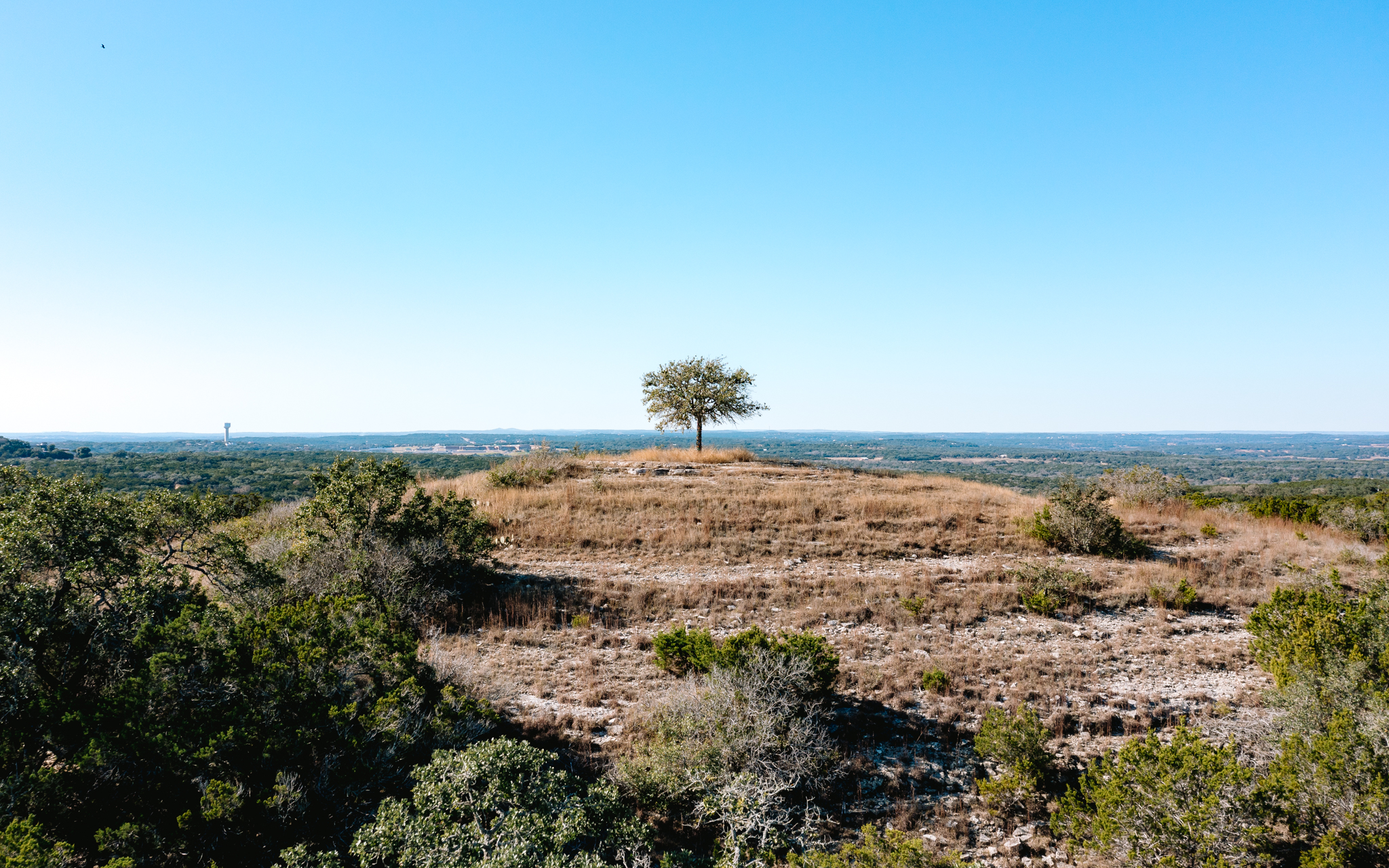Oak Wilt Treatment
How long does oak wilt treatment take?
- Oak wilt injections can finish within an hour or two. For challenged or stressed trees it can take much longer, sometimes days, and still not completely finish uptake.
Is oak wilt treatment stressful to trees?
- Oak wilt injections can be stressful to trees, especially during times of drought. Watering before and after treatment is recommended to help minimize stress.
What are the success rates of oak wilt treatment?
- Success rates for oak wilt injections can be as high as 85-90% when application is preventative. Timing is key in increasing chance of survival, as therapeutic injections will yield lesser results as trees have already started to decline and shut down.
How much fungicide is used to treat the trees?
- Dosing is administered according to tree species, diameter, proximity to disease, as well as the health of the individual candidates. Live oaks will typically receive 20ml/in to provide adequate protection and increase chances of survival as oak wilt moves through the area.
Oak Wilt Trenching
How deep is the trench?
- The Texas Forest Service recommends trenching to a minimum depth of 48″ to help achieve greater success and minimize breakouts. We trench to 52″ to exceed this minimum depth standard, and offer further excavation services in deep-root areas.
Does the oak wilt trench remain open?
- No, the trench is backfilled as it is cut. We are able to visually monitor root depth while we install trenches, prior to backfilling the spoils.
How long does it take for trees to re-graft?
- It can take several years for roots to re-graft. Ideally, trenches should be challenged around 2-3 years after installation. We usually reassess oak wilt trenches after 4-5 years and if disease is still challenging the trench path, refreshing the cut may be recommended.
How successful is oak wilt trenching?
- Trenching can be around 75-80% successful. Placement and timing is critical with regards to success. Many failures are due to cutting too close to disease or not fully containing the oak wilt center and accounting for future disease movement.
Does oak wilt trenching harm other trees?
- Oak wilt trenching can be disruptive to a property. Typically, live oaks near the path will handle the root loss and show any stress. Other tree species, like cedar elm, can be more susceptible to stress from root loss. Proper planning can help minimize stress and disruptions to a property.
Oak Wilt Prevention
How do you prevent new oak wilt infections?
- Following proper pruning guidelines will reduce the chances a new oak wilt infection will occur on your property. Avoiding pruning from February to July, painting all wounds, and sanitizing equipment will help minimize the risks of oak wilt infection.
When should I prune my oak trees?
- Pruning is recommended during the hottest and coldest times of the year, or when beetle activity is greatly reduced. Since weather patterns and beetle activity can change, painting all wounds and following proper pruning guidelines is critical.
Does treatment stop disease movement?
- Oak wilt treatment does not stop disease movement. Oak wilt will be drawn through the roots and continue to move throughout a property. Treatment is used to help suppress the fungus to the root systems, not allowing it to move up a tree and prevent decline as it becomes challenged.
Does trenching stop disease movement?
- Oak wilt trenching is used as a method of stopping disease movement. Severing the root systems can stop movement as disease moves up to and challenges a trench, unable to find a grafting partner to continue spread.
Diagnosing Oak Wilt
Do all trees show the same oak wilt symptoms?
- No, different species of oaks will show stress in different ways. That said, we primarily deal with live oaks that will usually show foliar symptoms as they decline from oak wilt. Veinal necrosis, veinal banding, and margin burn can be foliar symptoms present when diagnosing for oak wilt. Red oaks may exhibit margin burn or discoloration and can be difficult to diagnose depending on the time of the year. Sampling can be used when diagnosing and symptoms and mortality patterns are not clear.
How long does it take for an affected oak to show oak wilt symptoms?
- Live oaks will usually show stress about 2-3 months post infection, while red oaks may show stress and decline rapidly within 1-2 months. Other oak species will vary and minimal stress may be visible in certain white oaks that are more resilient to oak wilt.
Are there other reasons a tree could exhibit oak wilt like symptoms?
- Yes, there are many factors that could create oak wilt-like symptoms. Extreme temperatures from fire and freezes can create margin burn type stress to leaves that can often be misdiagnosed. Other fungal issues or nutrient deficiencies can also create discoloration and stress similar to oak wilt symptoms.
Is sampling used to diagnose oak wilt?
- Yes, sampling can be used to help diagnose oak wilt. Testing can take around 3 weeks and can help provide clarification when circumstances are not clear. Although testing can be inconsistent, you cannot have a positive lab result unless oak wilt is present. You can however have false negatives if the sample was caught and unable to culture the oak wilt fungus in the lab. In these cases, you may have to wait and see if your issue is systemic and further stress is observed that would confirm oak wilt is present on the property.








